Ullage is generally used to describe the amount headspace between the closure and the liquid inside a wine bottle, but how important is this and what does it mean for the wine?
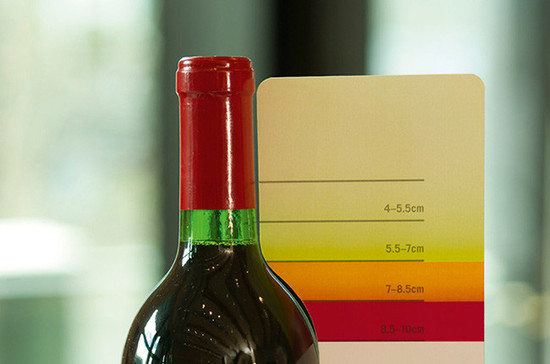
The ullage, or headspace, is one of the key things that wine buyers should look for, particularly in more mature vintages. Buyers for auction houses, for example, will pay close attention to ullage as part of their assessment of the wine’s health.
‘It’s the best guide you have to the condition of a bottle of wine, especially if you don’t know for certain how it’s been stored,’ said Matt Walls, DWWA regional chair for Rhône.
‘The ullage level can give you a few clues about your wine before you have the opportunity to open the bottle,’ said Julia Sewell, sommelier at The Fat Duck and judge at DWWA.
Older bottles
‘The fill level of a bottle of wine (along with seepage, colour and signs of fraud) is something I always check when buying older bottles,’ said Walls.
‘If the fill level is low, it suggests that air has been seeping into the bottle, which would cause the wine to oxidise.’
‘One must look at it as a marker of how well the wine’s been stored, as lower fill levels [in the bottle neck] and resultant seepage usually point to heat exposure and poor storage,’ said David Dudley-Jones of Dudley Jones Fine Wines in Decanter magazine 2016.
‘It is often the age of the wine that will determine whether ullage is of concern,’ said Sewell. ‘A bottle naturally evaporates very slowly through the permeable cork, so it is only expected that a 40 year old bottle will be less full than a current vintage of the same wine.’
It says that a bottle of Bordeaux with ullage down at the ‘low shoulder’ of the bottle – as the curvature from the neck becomes the body of the bottle – is considered ‘risky and usually only accepted for sale if wine or label exceptionally rare or interesting’.
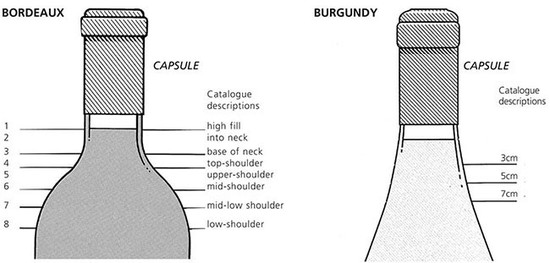
‘Top shoulder’ is normal for any claret 15 years or older, while ‘mid-shoulder’ isn’t abnormal for a 30 to 40-year-old wine, says Christie’s in guidance published in 2013.
Burgundy ullage is measured in centimetres, because of the bottle shape. ‘The condition and drinkability of Burgundy is less affected by ullage than its equivalent from Bordeaux,’ says Christie’s, adding that ullage of up to 7cm is relatively normal in 30-year-old Burgundy.
Serving wines
‘I’d usually discuss with the guest if the level looks particularly low, and suggest that it would be best to open and taste the wine before passing a final judgement,’ said Sewell.
‘In a restaurant setting, it’s a risk that’s worth taking, because we are happy to open another bottle if the first is not right.’
Walls’ buying advice
‘If the fill level is much below the bottom of the neck of a Bordeaux bottle, I’d think twice before buying it,’ he said, echoing the Christie’s analysis above.
‘Burgundy bottles are a little harder to gauge due to their gradually tapering shape.’
‘If I’m buying an expensive older bottle of wine in a shop (10 years old or more), sometimes I’ll line up all the available bottles and choose the bottle with the highest fill, just to be safe.’
But remember, this is not a foolproof method.
‘It’s not a totally reliable measure of condition however; you do sometimes come across old bottles with a very low fill that have remained in good nick,’ said Walls.
‘Like most aspects of a wine, the clues can only be confirmed once the wine is tasted, but it’s certainly a help in anticipating the condition,’ said Sewell.
Translated by ICY
All rights reserved by Future plc. No part of this publication may be reproduced, distributed or transmitted in any form or by any means without the prior written permission of Decanter.
Only Official Media Partners (see About us) of DecanterChina.com may republish part of the content from the site without prior permission under strict Terms & Conditions. Contact china@decanter.com to learn about how to become an Official Media Partner of DecanterChina.com.

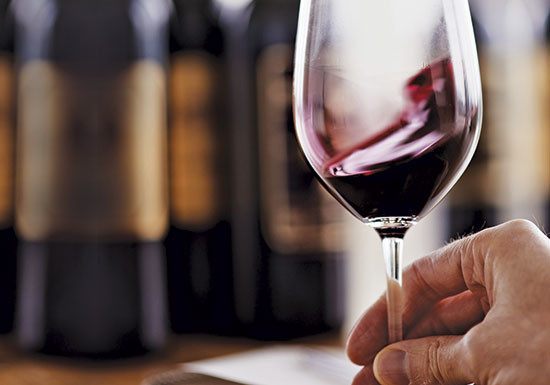
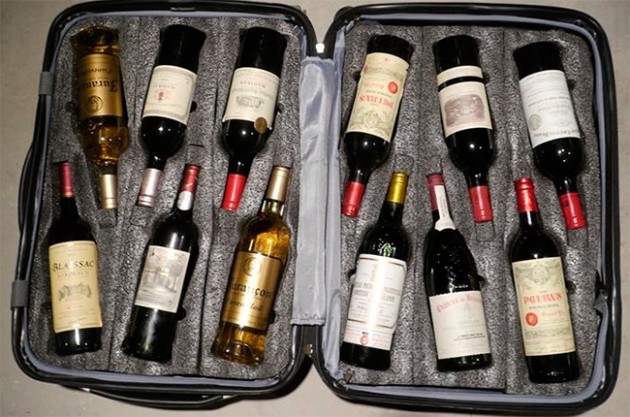
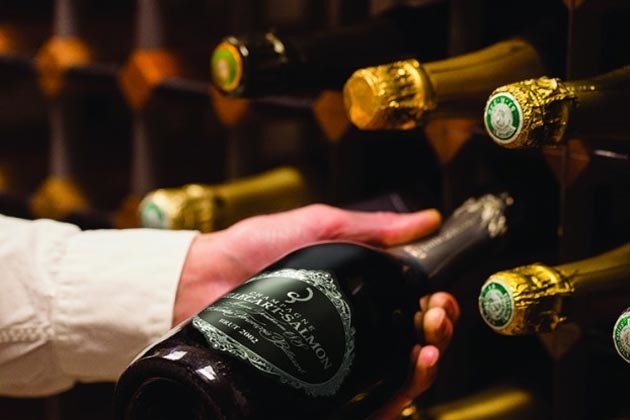
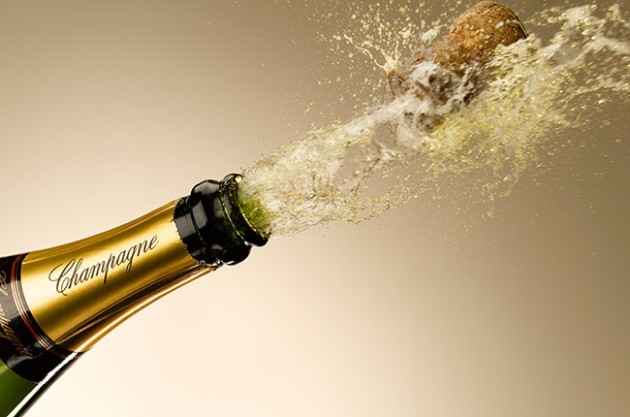
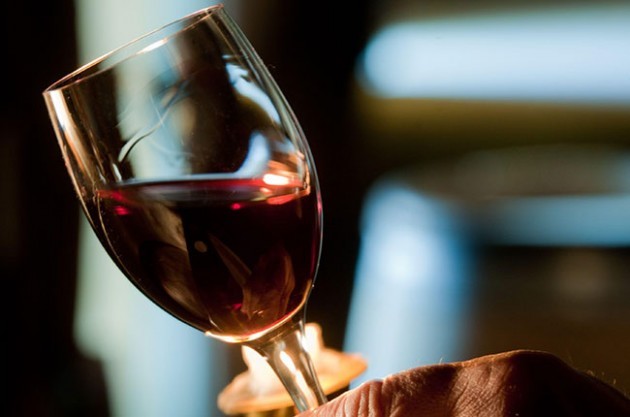
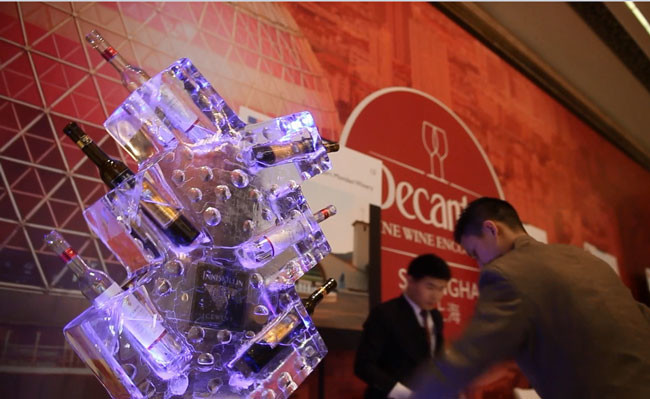
Comments
Submit